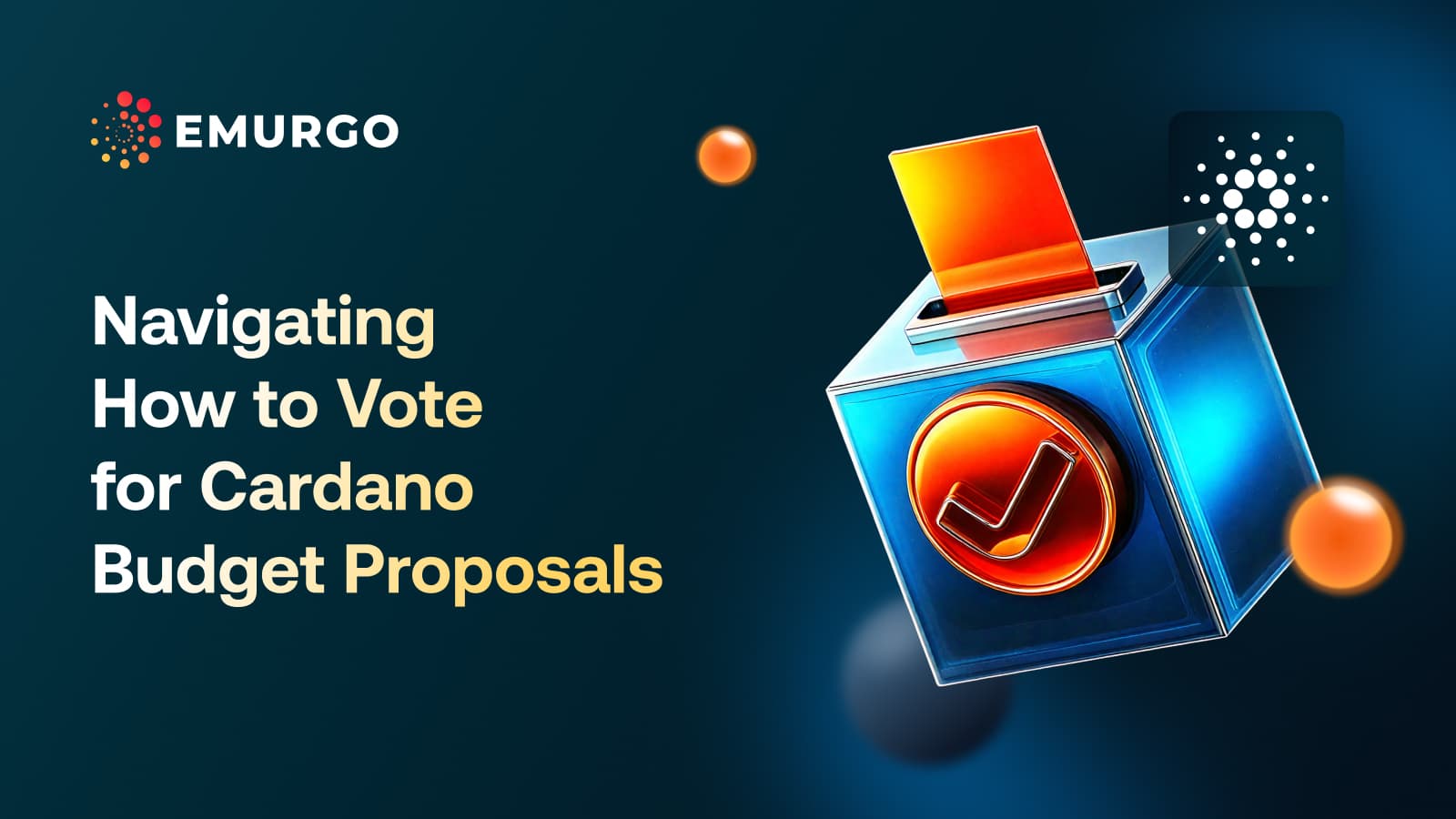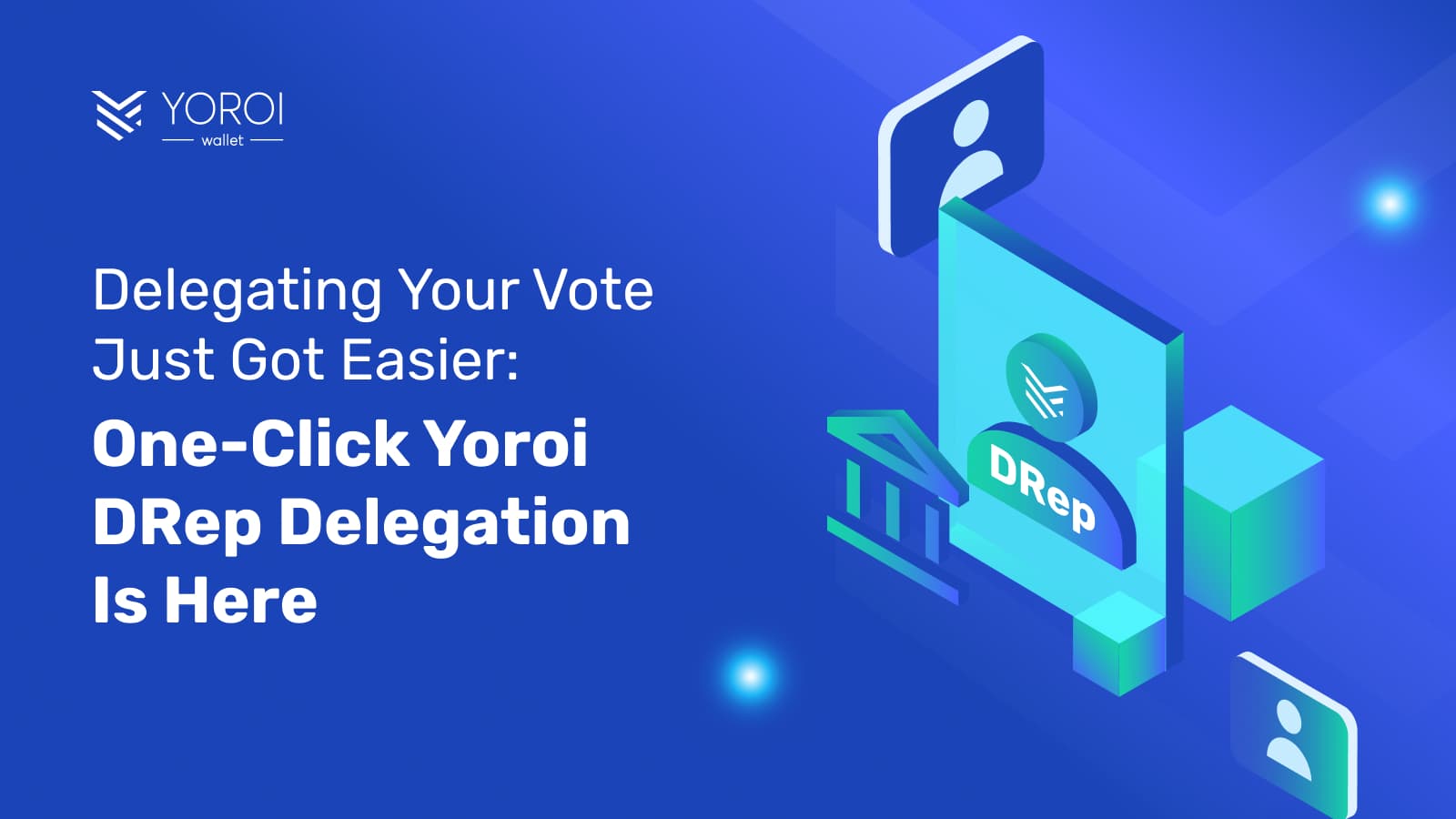NFTs (non-fungible tokens) are regaining interest as new use cases such as asset tokenization have garnered focus from different industries looking into blockchain technology.
These digital assets took off in 2020 and 2021, becoming associated with ownership of creative content such as artwork and videos.
However, NFTs have also broadened their potential beyond their initial use cases. Through token metadata and other technologies, innovation is emerging within the NFT sector.
This blog discusses Dynamic NFTs as one of these innovations and how they could potentially be used by businesses, organizations, and individuals moving forward.
Token metadata is a key element separating NFTs from traditional fungible tokens.
Although a transfer of a fungible token can have metadata, it usually refers to information about the transaction and not the actual asset itself.
However, metadata in an NFT refers to information about the asset or project itself, or attributes of a certain collection.
In other words, NFT metadata records and displays information about the tokenized asset rather than the transaction of a token.
Metadata, for this reason, is very important for an NFT.
But there are also several limitations associated with it.
Related reading: EMURGO Academy explains token metadata and NFTs
For example, while on-chain storage or storing the NFT metadata on a blockchain is considered to be more secure, it also tends to be expensive, especially as the accumulated information grows.
Off-chain storage, or storing the NFT metadata somewhere else, can sometimes be cheaper but it is riskier and does not guarantee long-term availability as it also might depend on the service provider helping to store the NFT metadata.
If the server storing the metadata goes offline or is hacked, the information can be lost. This can be permanent if safe practices for creating and storing data backups for the data are also not in use.
For this reason, the Cardano blockchain network offers space in the network to store increased metadata. This information is saved by the nodes and does not need to rely on an external party to store the metadata.
This saves NFT developers from having to complicate their token’s design by using third-party storage providers. The metadata recorded on Cardano also remains safe long term, as it’s backed by the nodes themselves.
This simplification reduces the work of NFT developers and projects and also those looking to buy the assets as they don’t have to verify the storage of the metadata to ensure it is safe to buy the token.

At the moment, most NFTs issued on the Cardano blockchain work using the standards set out by Cardano Improvement Proposal 25 or CIP-25. lt outlines the metadata format needed to enable Cardano wallets to read NFTs.
It has created a uniform way to mint NFTs on Cardano, but it also has some limitations.
Notably, CIP-25 metadata is fixed.
This means once metadata has been created, it cannot be updated later nor can more information be added once the asset has been minted as an NFT.
For fixed NFT collections of artwork or other creations, this has worked wonderfully, as the immutability of metadata increases the security of the asset. But for other use cases, this is not the case.
This is where the concept of mutable metadata or Dynamic NFTs becomes useful.
This is a format that allows the modification or update of the information contained in the metadata after the NFT or token is minted. This greatly expands the utility of NFTs to new potential use cases.
These NFTs with mutable metadata are known as Dynamic NFTs because the information can be changed later by following certain rules that allow them to be more versatile.
Dynamic NFTs have use cases where certain initial conditions are prone to later change, such as:

- Insurance policies: An insurance claim can be updated in the metadata of the original policy when there is a need for a claim. This creates a record of how the insurance was used and under what circumstances the metadata was updated.
- Blockchain games: Many projects are experimenting with mutable metadata to reflect changes in in-game items. This could be card games, where the values of a given card are changed based on the game’s context, attributes, or weapons that get stronger with certain materials.
- Real estate: Property contracts can benefit from mutable NFT data. For example, if a previously vacant home becomes occupied or a commercial location becomes leased to a new person. This way, all parties involved can be sure of the terms.
Cardano as an open-source blockchain network has incorporated all the necessary tools of Dynamic NFTs via the adoption of CIP-68.
This community proposal, titled “Datum Metadata Standard,” ensures rules to update and modify NFT metadata.
This has also been adopted by all digital asset wallets in the Cardano ecosystem such as Yoroi, making it a ready-to-use feature by NFT developers to enable their tokens to be integrated with Cardano wallets.
NMKR, an NFT and tokenization service leveraging the Cardano blockchain, has also added CIP-68 to its NMKR Studio tool library.
Thus, businesses and creators can release NFTs and tokenized assets via NMKR Studio using these added tools and give more utility to their NFT collections with the ability to update and modify metadata as needed.
Looking to stay updated on Cardano NFTs and asset tokenization? Want to learn more about potential use cases for NFTs?
Then, follow EMURGO on X and LinkedIn for weekly updates and new content regarding NFTs and other blockchain-related topics.
About EMURGO
- Official Homepage: emurgo.io
- X (Global): @EMURGO_io
- YouTube: EMURGO channel
- Facebook: @EMURGO.io
- Instagram: @EMURGO_io
- LinkedIn: @EMURGO_io
Disclaimer
You should not construe any such information or other material as legal, tax, investment, financial, or other advice. Nothing contained herein shall constitute a solicitation, recommendation, endorsement, or offer by EMURGO to invest.



